Found 1125 places
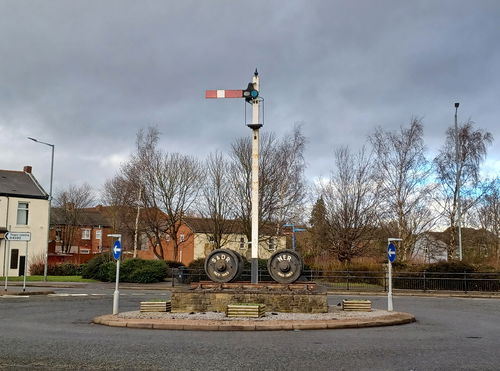
Shildon Railway Art Works
Art Shildon County DurhamA series of railway related art works in Shildon.

Causeway House
Building Bardon Mill NorthumberlandSitting on a blowy corner of the Northumberland National Park, is Causeway House, Northumberland's only heather thatched cottage. With a history of hidden lucky roof charms and close to a Roman Milecastle.
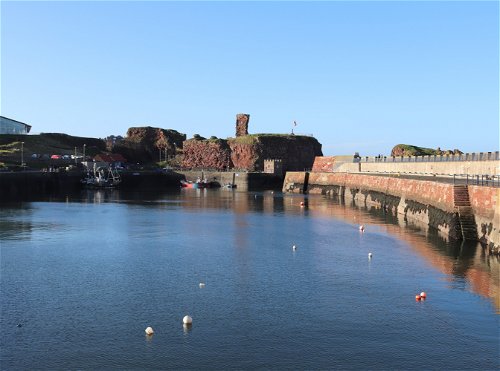
Dunbar Castle
Castle Dunbar BordersOne of Scotland's strongest fortresses sitting in a prominent position overlooking the harbour of Dunbar.

Murton Cenotaph And Children of Mothers
Statue Seaham County DurhamA serene sculpture by Ray Lonsdale, positioned eloquently by The Cenotaph in Murton, near Seaham.
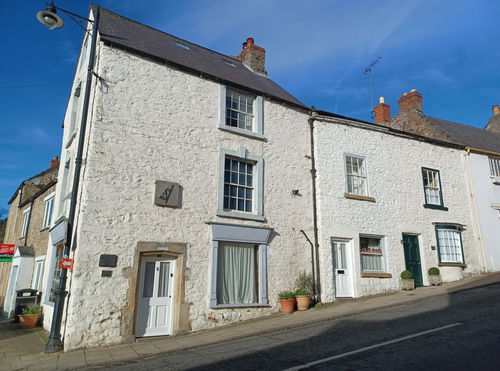
Georgian Sundials
Machinery Richmond North YorkshireGeorgian era sundials on two facades of one house at The Green in Richmond.
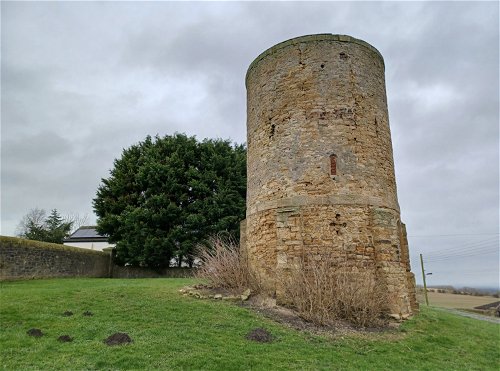
Thomas Wright Observatory
Folly Bishop Auckland County DurhamObservatory dating from 1765, built by local astronomer Thomas Wright.
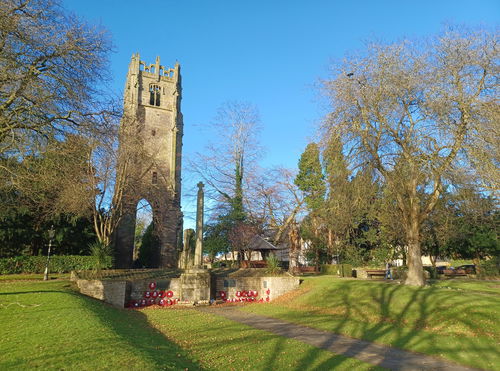
Greyfriars Tower
Religious Place Richmond North YorkshireA tower which is all that remains of the Greyfriars Franciscan Friary in the centre of Richmond.
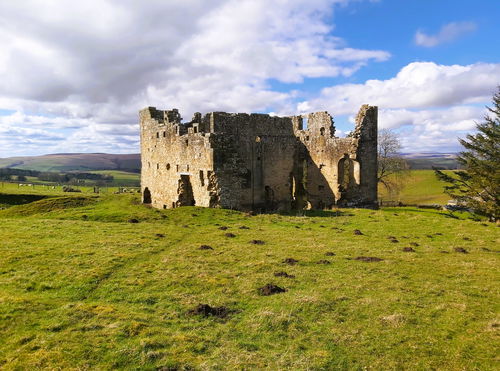
Ridsdale Iron Works
Building Ridsdale NorthumberlandThe Ridsdale Iron Works, castle-like ruin in, was the point of manufacture of pig steel used in the construction of Newcastle's High Level Bridge.
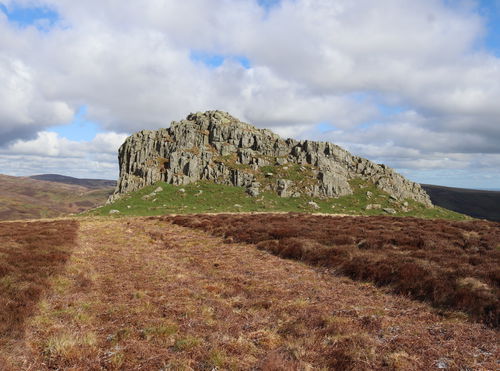
Housey Crags
Crag, Rock And Cairn The Cheviots NorthumberlandA huge chunk of rock sitting on the north east banks of Hedgehope Hill overlooking the Harthope Valley.

High Copelaw Farm Trig Point
Trig Point Newton Aycliffe County DurhamThe High Copelaw Farm trig point sits in a Hedge (95m) near Newton Aycliffe.
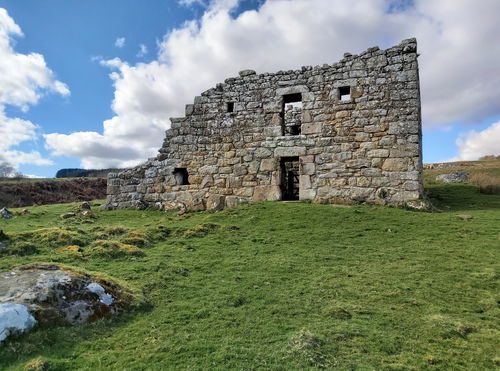
Low Cleughs Bastle
Bastle Ridsdale NorthumberlandA ruined 17th-century bastle, or fortified farmhouse, situated on a south-east slope of moorland on the edge Ridsdale.
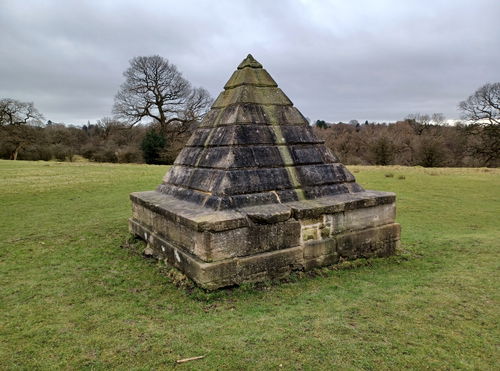
Auckland Park Pyramid
Obelisk Bishop Auckland County DurhamA decorative well head built in the 18th century.
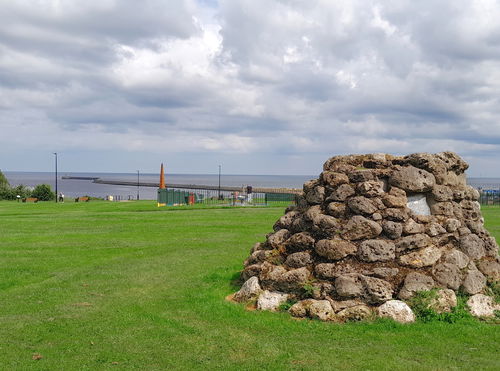
Lawe Top
Landscape South Shields Tyne And WearA pleasant green with many fine views of magnificent landmarks of North and South Shields.
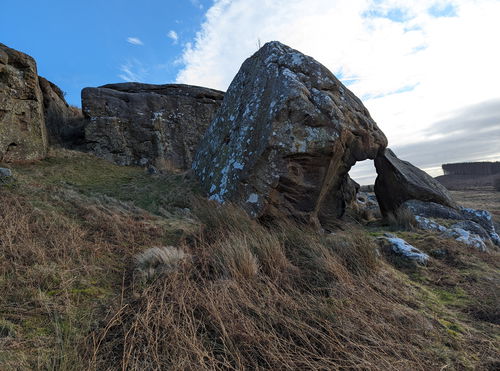
Redheugh Crag
Crag, Rock And Cairn Edlingham NorthumberlandSandstone crag, popular with climbers, on the hills near Edlingham with a hidden surprise.
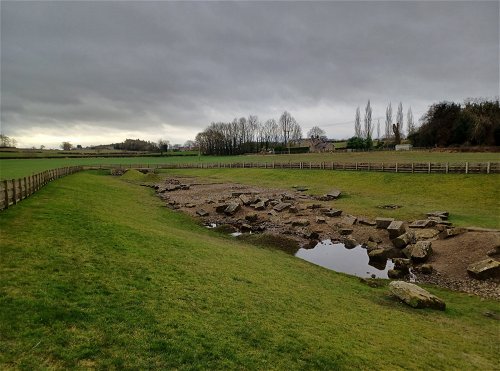
Piercebridge Roman Bridge
Bridge Darlington County DurhamRemains of a Roman Bridge that carried Dere Street over the River Tees.
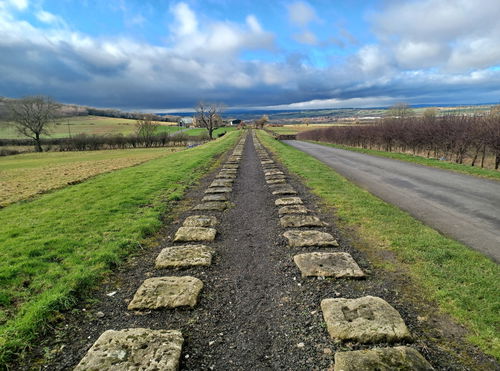
Brusselton Incline
Landmark Bishop Auckland County DurhamRemains of part of the original Stockton and Darlington Railway main line, built in 1825.

Woodland Trig Point
Trig Point Witton le Wear County DurhamThe Woodland trig point sits on Hindon Hill (370m) near Witton le Wear.
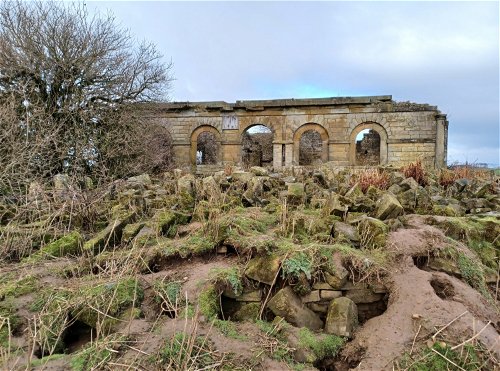
Richmond Racecourse
Sport Richmond North YorkshireA former horse racing track on the outskirts of Richmond that contains what is left of the oldest, surviving, stone built, public grandstand in the world.
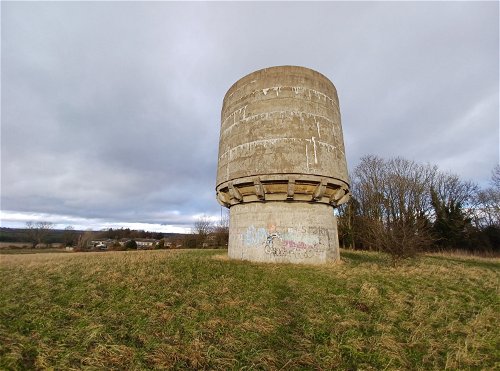
School Aycliffe Water Tower
Water Tower Newton Aycliffe County DurhamA disused water tower that once supplied Aycliffe Hospital.
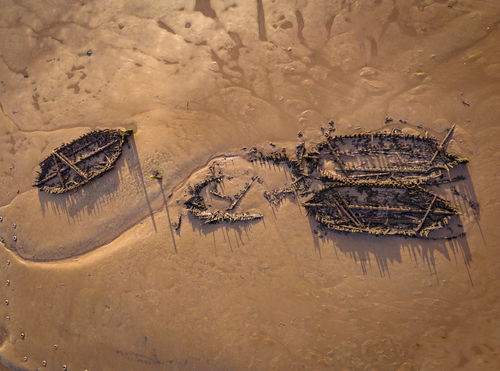
Amble Shipwrecks
Landmark Amble NorthumberlandA number of shipwrecks visible in Amble harbour at low tide.
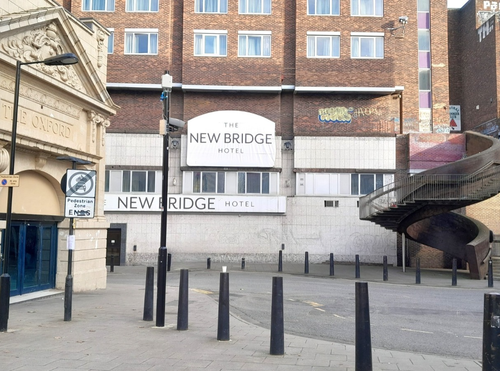
Blue Carpet Stairs
Stairs Newcastle City Centre Tyne And WearA curvaceous staircase in wood, metal and concrete by Thomas Heatherwick.
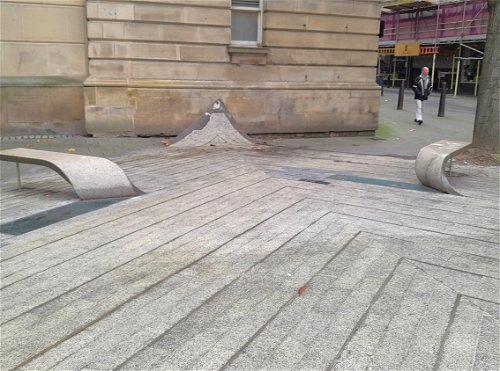
Blue Carpet
Art Newcastle City Centre Tyne And WearA blue carpet made out of crushed glass outside of the Laing Art Gallery in Newcastle. Part of an urban art project and created by Thomas Heatherwick.
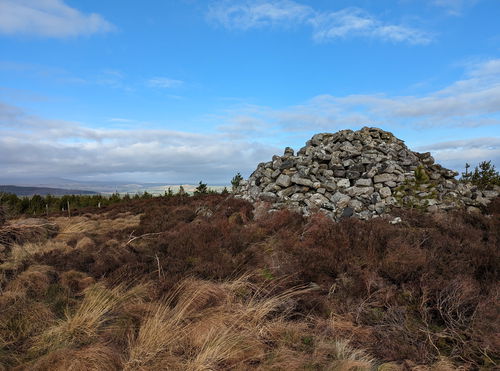
Bigges Pillar
Crag, Rock And Cairn Edlingham NorthumberlandMysterious large stone pillar remains situated high up in Edlingham Woods giving views across Northumberland.
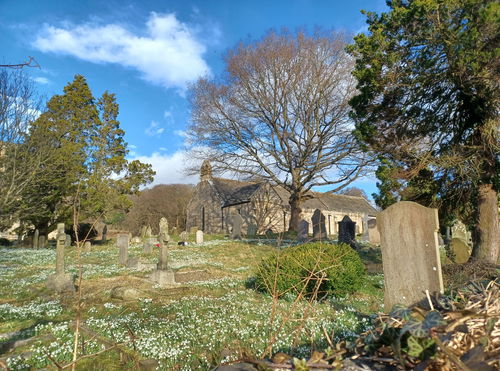
Church of St Agatha
Religious Place Richmond North YorkshireA church in Richmond with built elements dating from the 12th century.
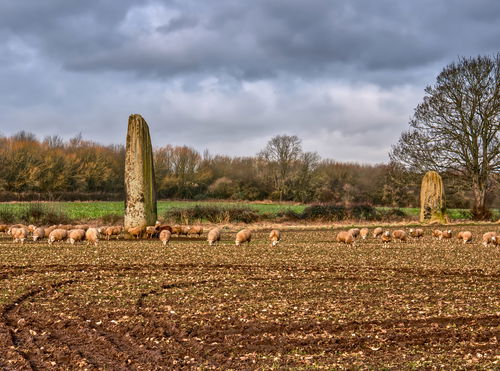
Devil's Arrows
Standing Stone Knaresborough North YorkshireThree tall Neolithic standing stones sitting in a line in Boroughbridge near Knaresborough.
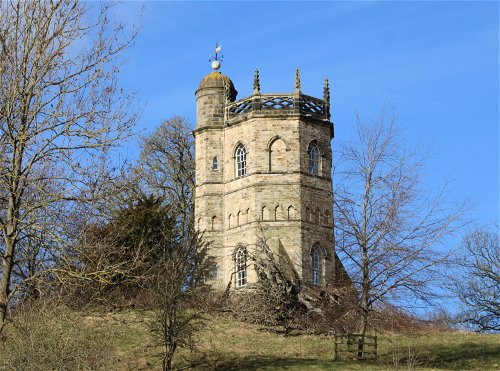
Culloden Tower
Folly Richmond North YorkshireFolly in the heart of Richmond, now a beautiful holiday let.
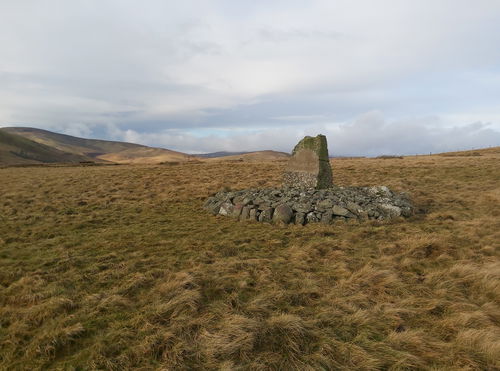
Shepherds Cairn At Ewartly Shank
Standing Stone Alnham NorthumberlandA monument to two shepherds who lost their lives in a snow storm and ultimately led to the formation of the Northumberland National Park Mountain Rescue Team.
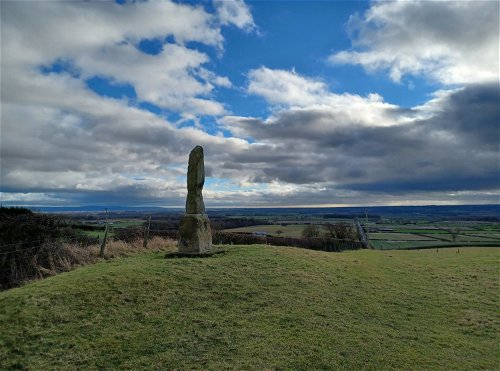
Legs Cross
Landmark Darlington County DurhamThe remains of a Saxon Cross adjacent to the B6275 which follows the line of the old Roman Road Dere Street.

Northfield Doocot
Dovecote East Lothian BordersA dovecote or doocot as the Scots call it, next to Northfield house in East Lothian.
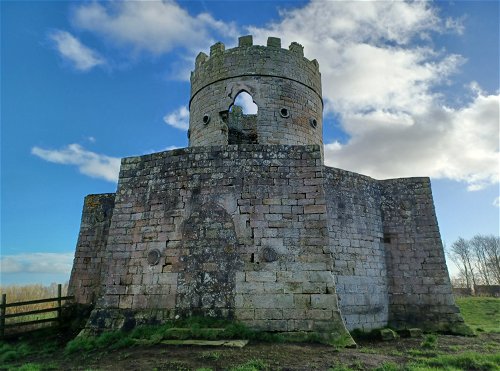
Oliver Duckett Folly
Folly Richmond North YorkshireMagnificent folly on the outskirts of Richmond, built around 1760.
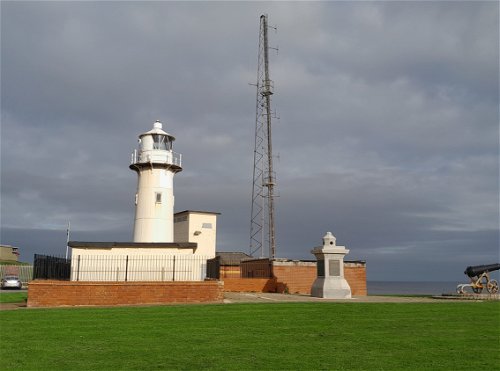
The Heugh at Hartlepool Headland
Lighthouse Hartlepool County DurhamThis peninsula has several pleasing aspects such as a lighthouse, a cannon and the goddess Nike atop the war memorial.
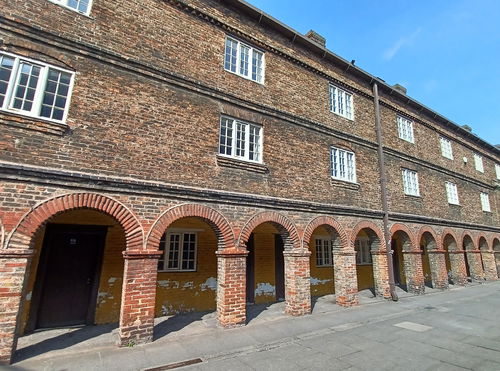
Holy Jesus Hospital
Building Newcastle City Centre Tyne And WearA hospital built on the site of a 13th century Augustinian Friary to house the "poor freemen" of Newcastle.
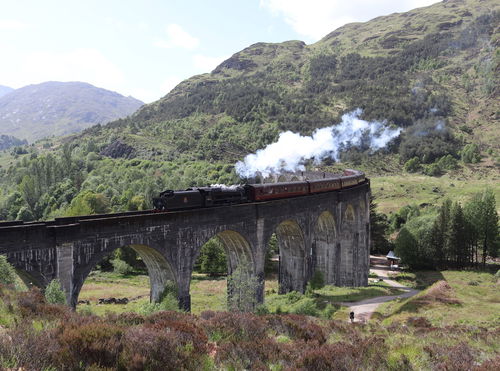
Glenfinnan Viaduct
Bridge Glenfinnan ScotlandA 21 arch viaduct carrying the West Highland Line (and Hogwarts Express) over Loch Shiel.
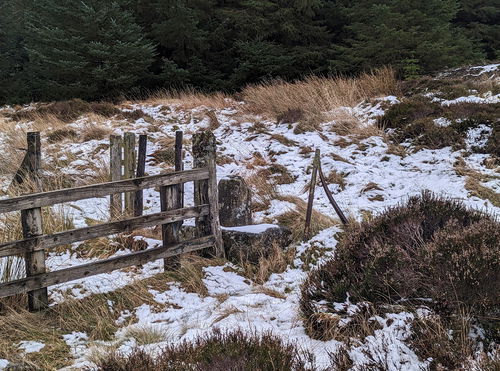
Manside Cross
Standing Stone Elsdon NorthumberlandThe remains of a medieval cross with only a socket stone and stone shaft still standing.

Stonecroft Engine House
Machinery Hexham NorthumberlandAn 18th Century engine house near Settlingstones, built to contain a 70” Cornish Condensing Engine and the discovery place of the mega mineral Witherite
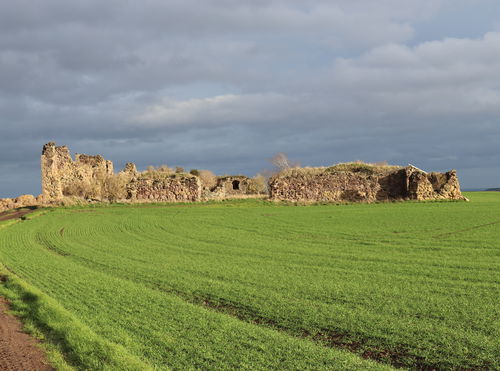
Barnes Castle
Castle East Lothian BordersAn unfinished castle built by Sir John Seton situated a few miles north-east of Haddington in East Lothian.
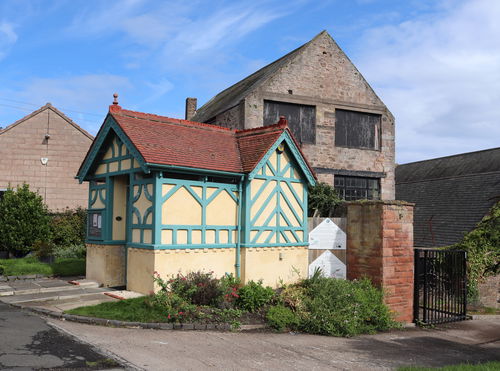
The Loovre
Building Berwick Upon Tweed NorthumberlandOnce a public loo, now a tiny holiday home in the heart of Berwick.
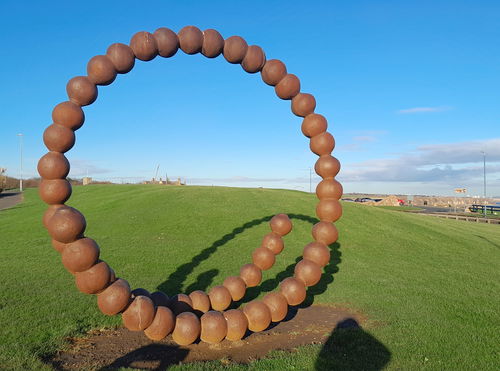
Jewels Of The Sea
Art Seaham County Durham34 pieces of enlarged micro marine life made from weathered Corten steel by Andrew McKeown at East Shore Village, Seaham.
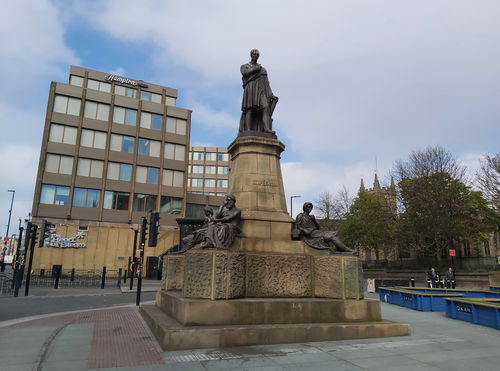
George Stephenson Monument
Statue Newcastle City Centre Tyne And WearStatue dedicated to George Stephenson at the junction of Westgate Road and Neville Street.
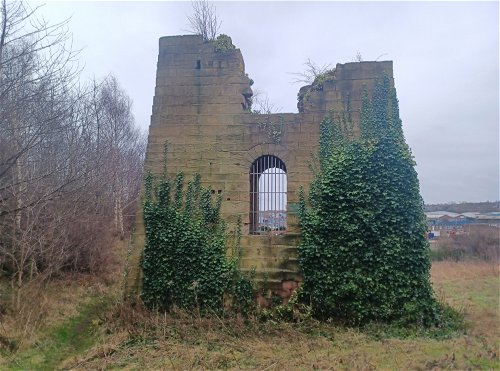
Friar's Goose Pumping Station
Building Gateshead Tyne And WearRemains of a pumping station built by Robert Stephenson in 1844.
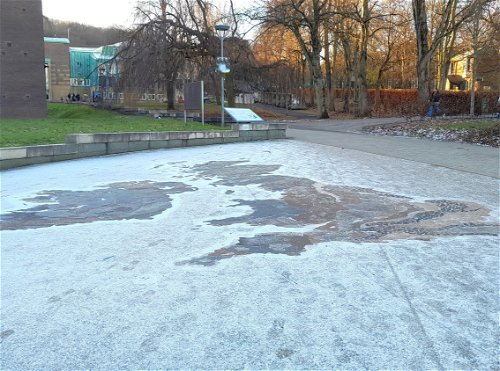
What Lies Beneath Us
Art Durham County DurhamA large scale pavement map showing the geology of The British Isles.
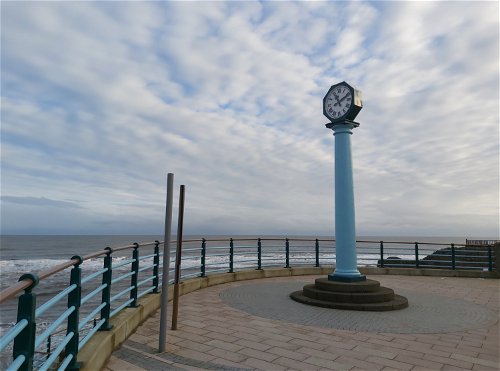
Grant's Clock
Landmark Whitley Bay Tyne And WearAn ornate clock standing on Whitley Bay promenade, unveiled by Councillor James Hamilton Grant in 1933.
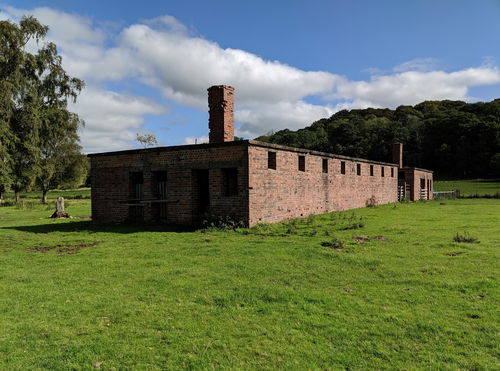
Featherstone Park Prisoner of War Camp
Building Haltwhistle NorthumberlandA former POW camp located behind Featherstone Castle for Italian and German prisoners of war.
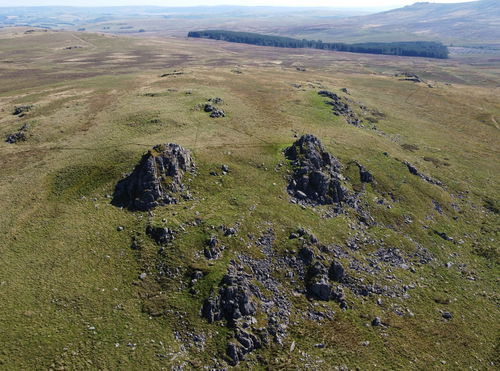
Langlee Crags
Crag, Rock And Cairn The Cheviots NorthumberlandA stunning double headed crag on the north east banks of Hedgehope Hill.
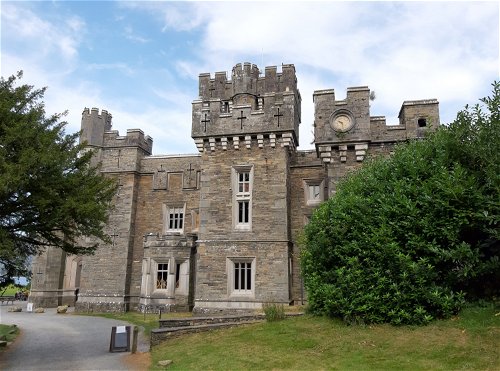
Wray Castle
Castle Ambleside CumbriaA neo-gothic 1800s castle with lovely lakeside grounds for a wander.
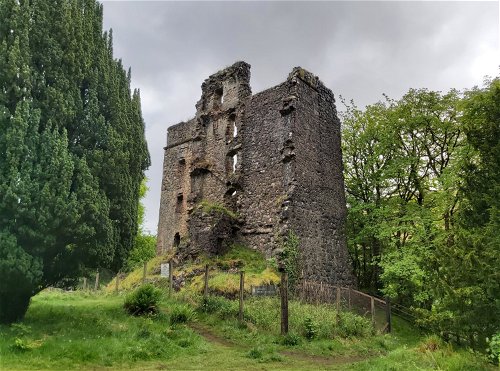
Invergarry Castle
Castle Invergarry ScotlandSmall ruined castle in the grounds of the Glengarry Castle estate.
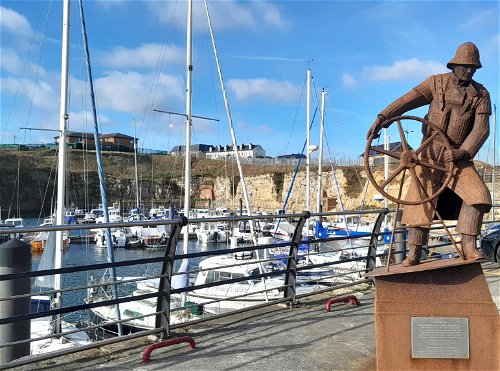
The Coxswain And The George Elmy Lifeboat
Statue Seaham County DurhamA Coxswain Statue by Ray Lonsdale is a tribute to the RNLI and the 9 lives lost on the Lifeboat 'The George Elmy'.
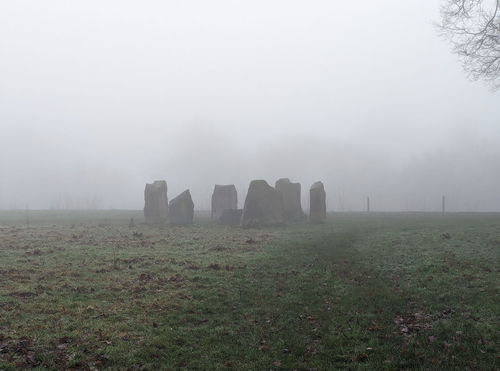
Rickerby Park Stone Circle
Stone Circle Carlisle CumbriaA stone circle showing all the different kinds of stone that are quarried in the area.
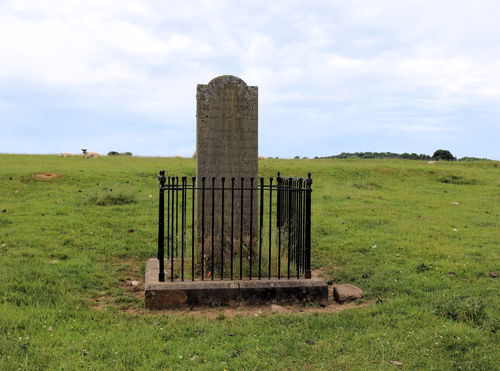
Robert Loraine Monument
Standing Stone Bolam NorthumberlandA monument to Robert Loraine, who was brutally murdered by Border Reivers in Kirkhale.
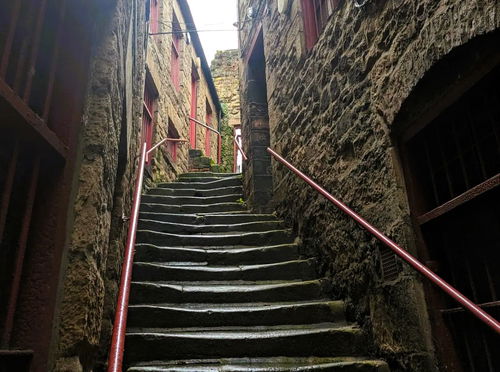
Battery Stairs
Stairs Newcastle City Centre Tyne And WearA staircase leading up to where the battery would have been in Newcastle.
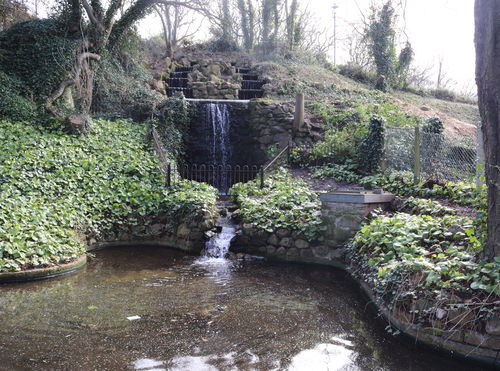
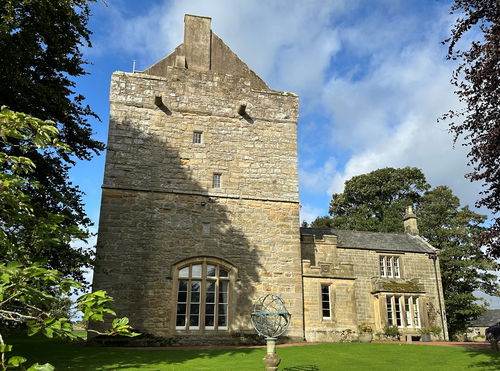
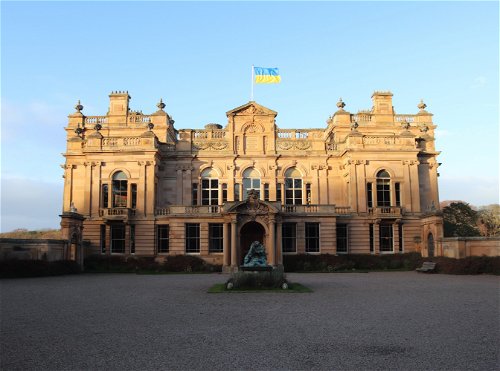
Gosford Park And House
Landscape East Lothian BordersA stunning house and landscaped grounds which is the seat of the Earls of Wemyss.
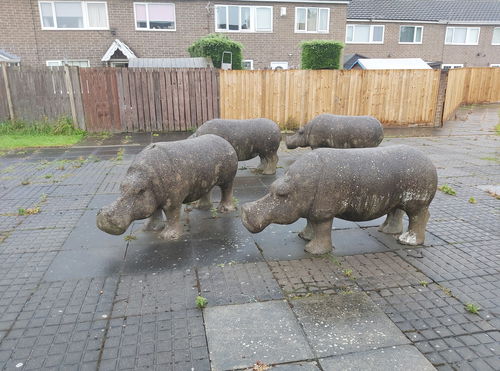
Killingworth Hippos
Art Killingworth Tyne And WearA family of four concrete hippos on a housing estate in Killingworth.

Benwell Vallum Crossing
Building Benwell Tyne And WearThe ruins of a crossing used to allow Roman soldiers and goods across the Vallum.
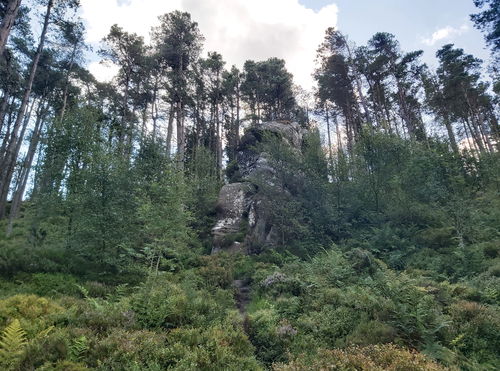
Little Church Rock Simonside
Crag, Rock And Cairn Rothbury NorthumberlandA large rock in next to Simonside in Rothbury that resembles a small church and may have been a meeting place for persecuted religious groups.
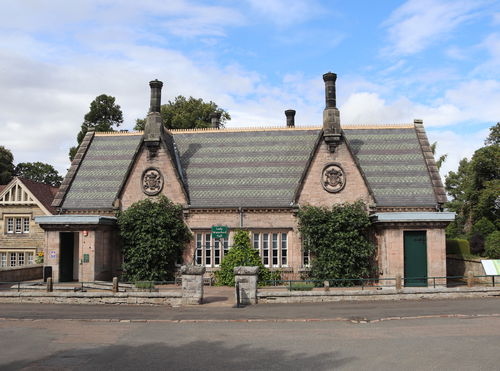
Lady Waterford Hall
Building Ford And Etal NorthumberlandAn old school hall in Ford Village that was decorated with biblical murals by Lady Waterford over 21 years.

Moss Mire Trig Point
Trig Point Barnard Castle County DurhamThe Moss Mire trig point sits in a field opposite a disused quarry (308m) near Barnard Castle.

Eldon Hall Farm Trig Point
Trig Point Bishop Auckland County DurhamThe Eldon Hall Farm trig point sits in a field (168m) near Bishop Auckland.
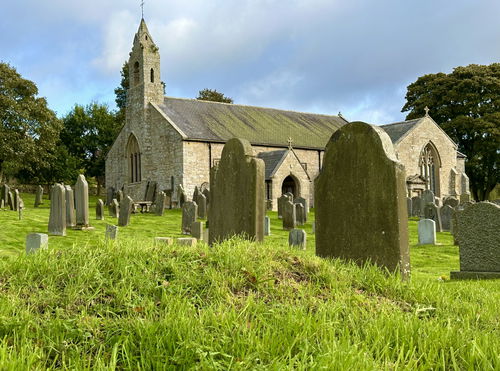
St Cuthberts Church Elsdon
Religious Place Elsdon NorthumberlandA 14-century church and all-round home to saints, tall tales, bones of Border Rievers and men of battle.
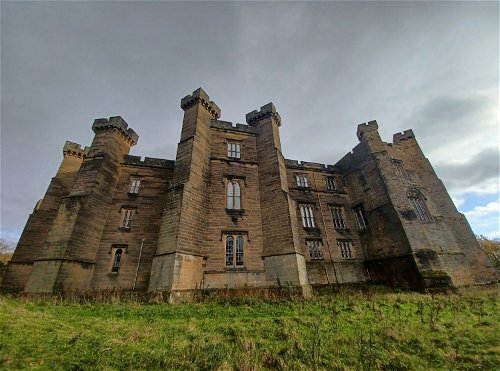
Brancepeth Castle
Castle Durham County DurhamImpressive castle owned by the Neville family until the 16th century.
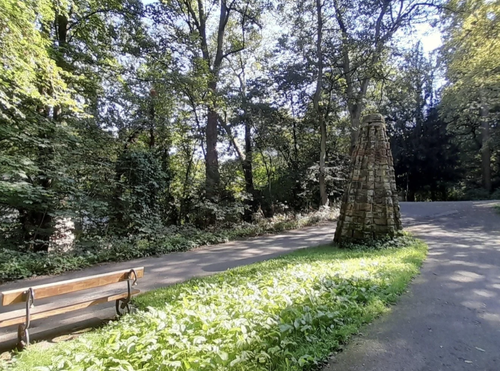
Reveal by Richard Cole
Art Durham County DurhamA tall pyramidical structure made with repurposed stone from a Durham Cathedral turret.
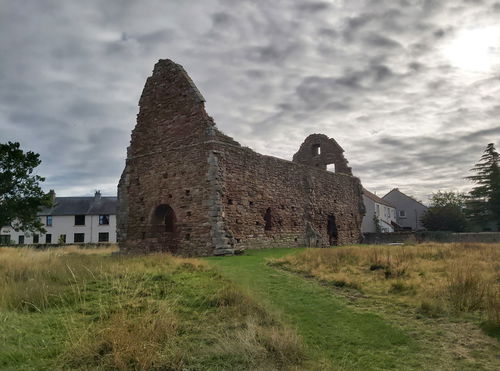
St Martin's Kirk
Religious Place East Lothian BordersA mid to late 12th century Kirk (Church) in the Romanesque style in Haddington, East Lothian.

Eggmartin Hill Trig Point
Trig Point Barnard Castle County DurhamThe Eggmartin Hill trig point sits in a field (222m) near Barnard Castle.
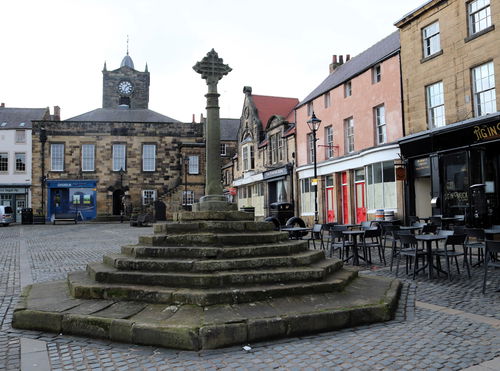
Alnwick Market Cross
Landmark Alnwick NorthumberlandAn 18th century market cross that would have been used for proclamations.
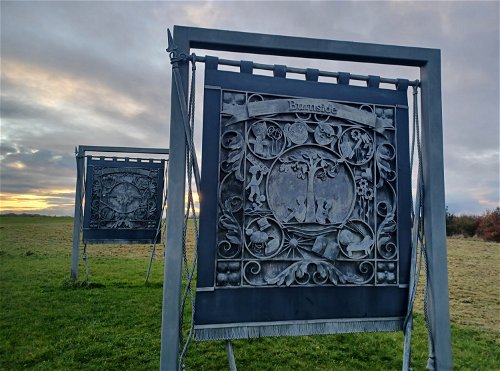
Elba Park
Landscape Houghton-le-Spring Tyne And Wear52 acre park near Houghton-le-Spring with a sculpture trail and plenty of wildlife.
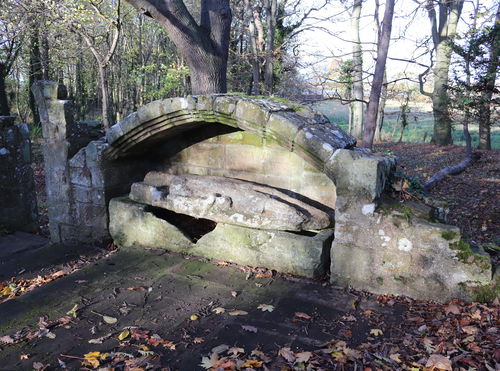
Luffness Friary
Religious Place East Lothian BordersVisit the ruins of a once-thriving Carmelite monastery in Aberlady, East Lothian.
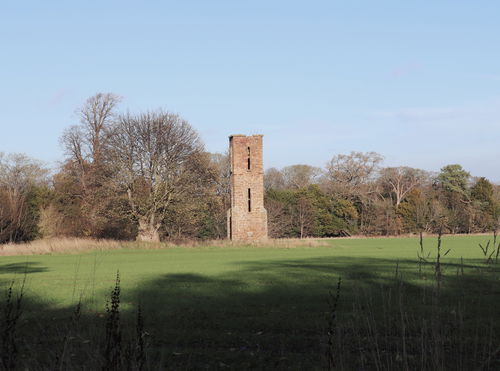
Luffness Water Tower
Water Tower East Lothian BordersA 200 year old water tower in Aberlady that was used to provide water to Luffness hall.
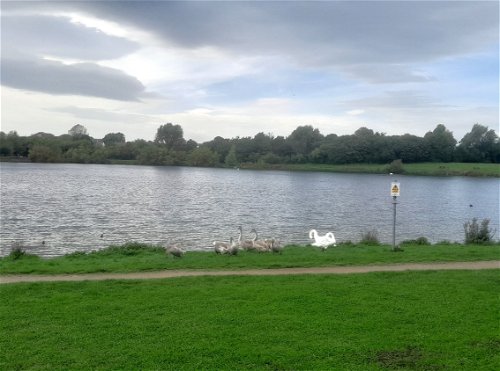
Hetton Lyons Country Park
Landscape Houghton-le-Spring Tyne And WearA country park with an important history, a massive lake, wildlife and fauna, fine views, loads of recreational and sport things. Bonus it has a cafe!
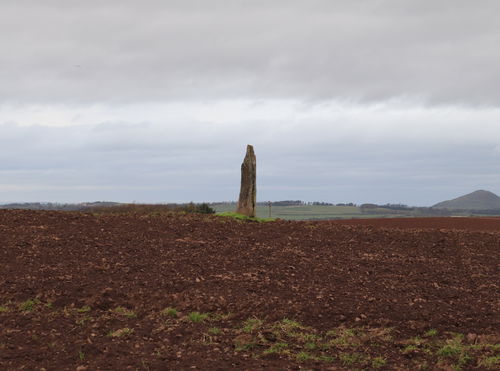
Pencraig Standing Stone
Standing Stone East Lothian BordersA 3m tall standing stone in a field in East Lothian dated back to the Bronze Age.
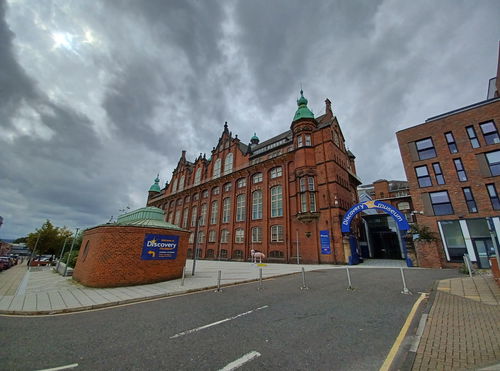
Discovery Museum
Museum Newcastle City Centre Tyne And WearA museum of science and industry housed in the former Co-operative Wholesaler Society Headquarters Building on Blandford Square.
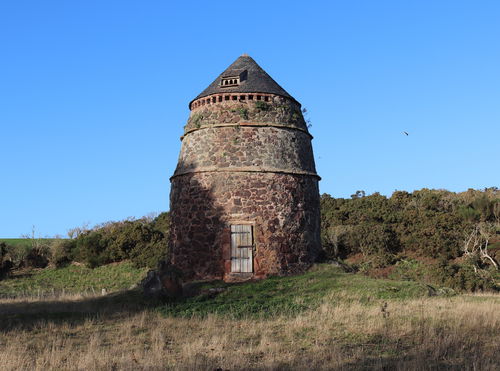
Markle Dovecote
Dovecote East Lothian BordersA dovecote or doocot located in East Linton near Markle.

Royal Oak Trig Point
Trig Point Bishop Auckland County DurhamThe Royal Oak trig point once stood in a plantation (223m) near Bishop Auckland.
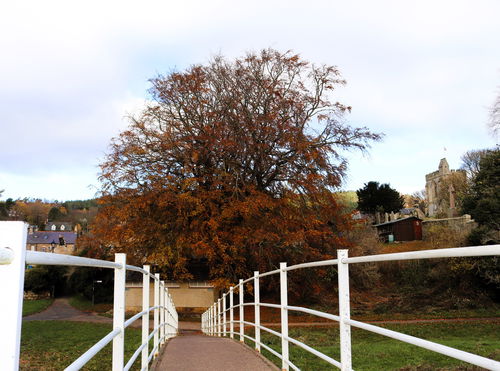
Rothbury Tree Trail
Landscape Rothbury NorthumberlandA tree trail around Rothbury town centre and riverside showing you all the different types of trees and their history.
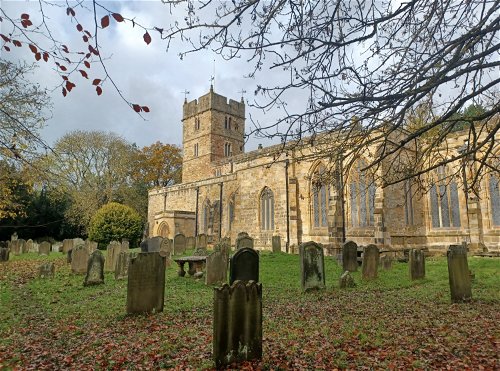
St Brandon's Church
Religious Place Durham County DurhamAnglican church in Brancepeth, with views over to the stunning Brancepeth Castle.

The Lang Pack
Landmark Bellingham NorthumberlandAn unusual gravestone marking the final resting of a burglar trying to rob Lee Hall.
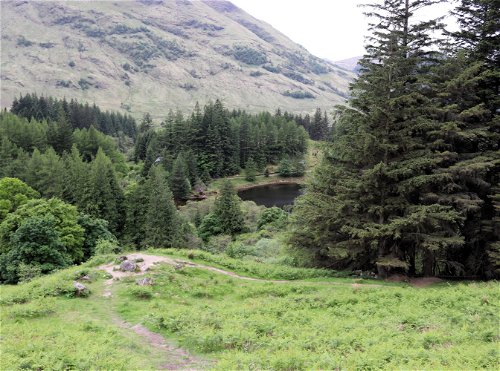
Hagrid's Hut
Landscape Glencoe ScotlandThe filming location for Hagrid's Hut from the Harry Potter movies set up in Clachaig, Glencoe.
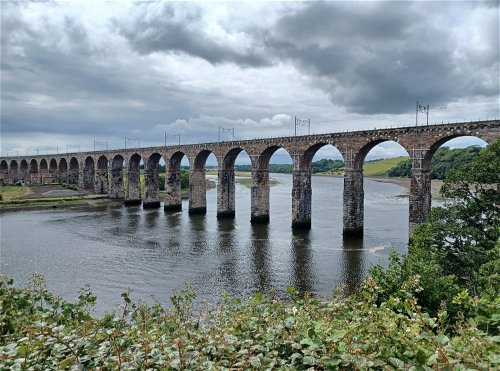
Royal Border Bridge
Bridge Berwick Upon Tweed NorthumberlandA Grade I listed railway viaduct spanning the River Tweed at Berwick and built by Robert Stephenson.
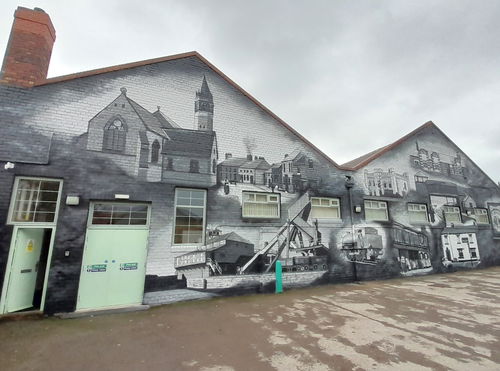
Work, Rest, Pray Painting At Sherburn Village Community Centre
Art Durham County DurhamAn outstanding painting at Sheburn Village by Jordan Stead AKA Twenty Six Studio. It has become the pride of the village.
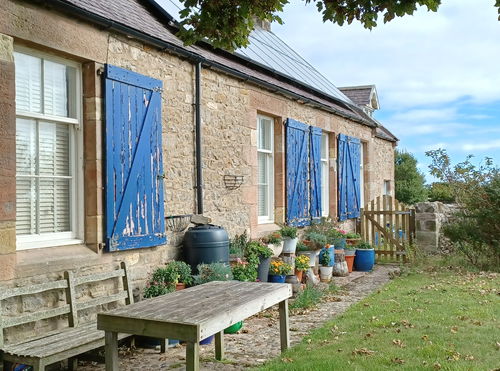
The Snook
Landscape Holy Island NorthumberlandThe peninsula part of Holy Island, made up of dunes, salt marshes, Snook House and Snook Tower

Durham Mining Museum
Museum Durham County DurhamA multitude of artifacts, equipment, models, photographs and information on all things mining.
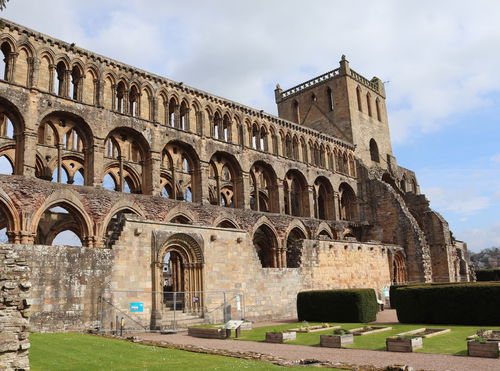
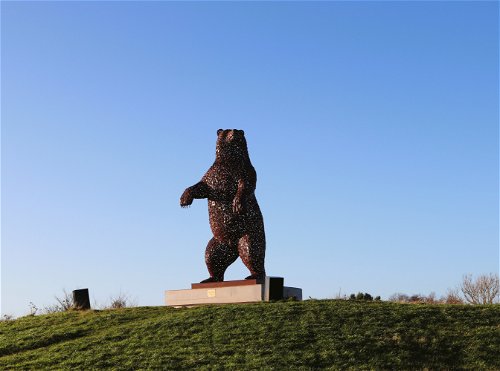
Dunbar Bear - DunBear
Statue Dunbar BordersThe DunBear is a steel sculpture of a brown bear in tribute to John Muir, the Dunbar-born naturalist and conservationist.
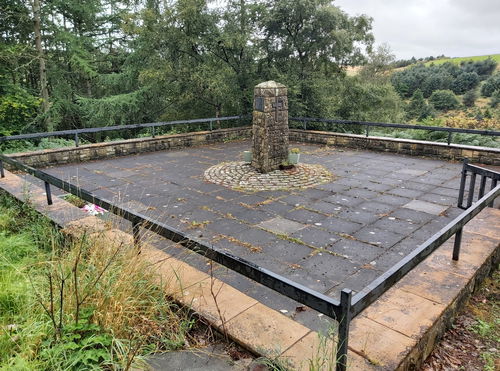
Penmanshiel Tunnel Monument
Landmark Duns BordersA monument to two engineers who died during the collapse of the Penmanshiel Tunnel expansion.
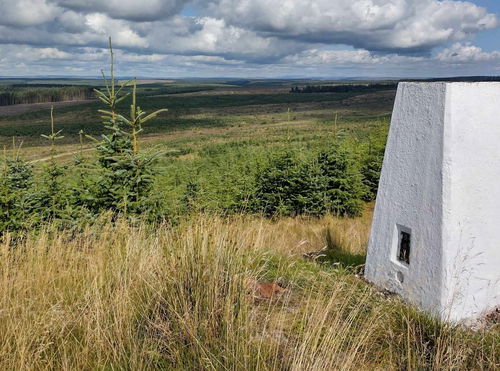
Hopealone Trig Point
Trig Point Haltwhistle NorthumberlandThe Hopealone trig point (316m) sitting on top of Hope Hill.
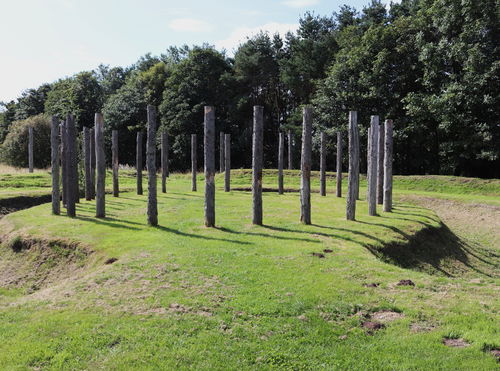
Maelmin Henge
Religious Place Ford And Etal NorthumberlandA replica of a nearby Anglo-Saxon henge and part of the part of the Maelmin Heritage Trail.
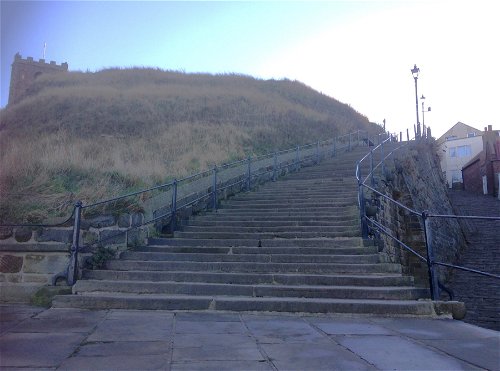
199 Steps In Whitby
Stairs Whitby North YorkshireThe 199 stone steps lead up to the ruins of Whitby Abbey, a classic Gothic graveyard, and the Norman Church of Saint Mary.
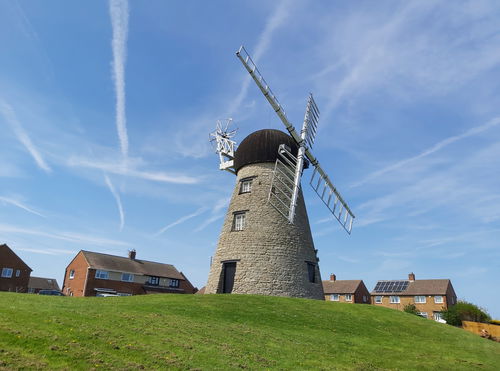
Whitburn Windmill
Windmill Whitburn Tyne And WearA Grade II listed Tower Mill dating to around 1790.
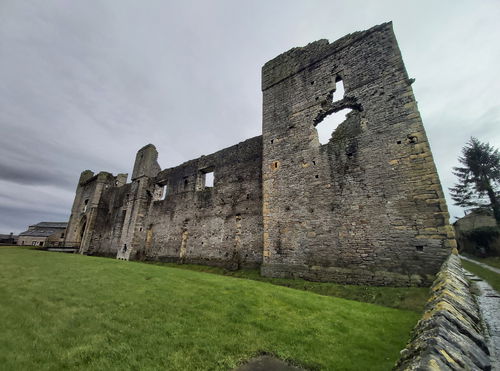
Middleham Castle
Castle Leyburn North YorkshireChildhood home of Richard III, built in the 12th century
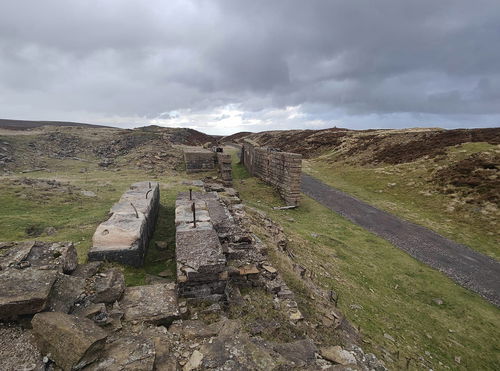
Bolts Law Standing Engine House
Building Stanhope County DurhamBuilt in 1846, the standing engine hauled railway trucks up and down an incline into Rookhope.

Toy Top Trig Point
Trig Point Bishop Auckland County DurhamThe Toy Top trig point is in woodland (208m) near Bishop Auckland.
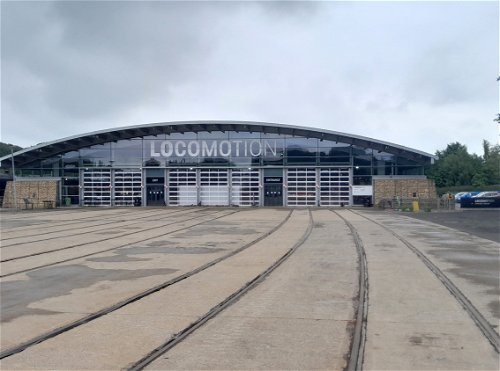
Locomotion
Museum Bishop Auckland County DurhamLocomotion in Shildon is a captivating railway museum that showcases the history of locomotives and their impact on transportation.
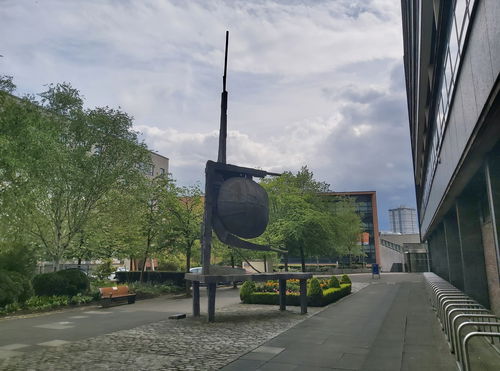
Spiral Nebula
Art Newcastle City Centre Tyne And WearA striking piece of post-war public art by renowned sculptor Geoffrey Clarke.
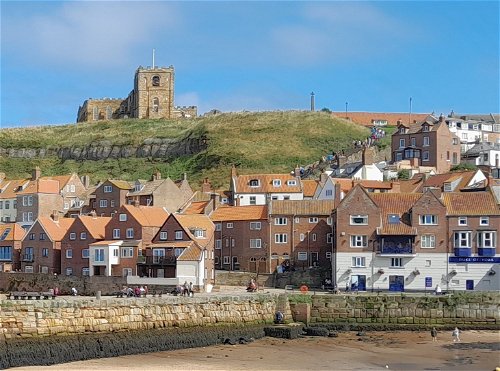
St. Marys Church Whitby
Religious Place Whitby North YorkshireA Norman Church with a quirky interior, sitting high and proud above Whitby with a paradigmatic gothic graveyard.
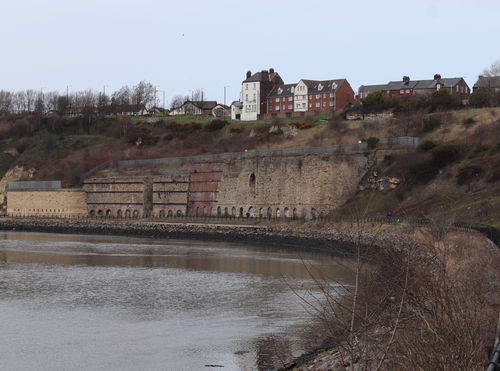
River Wear Lime Kilns
Lime Kiln Sunderland Tyne And Wear19th century lime kilns, located on the River Wear.
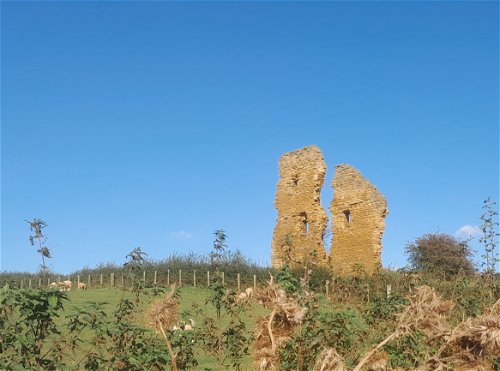
Ludworth Tower
Tower Durham County DurhamRemains of a romantic looking pele tower on a hill with scenic views.
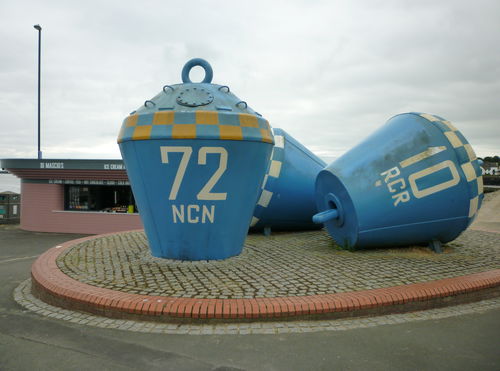
River Tyne Old Buoys
Art North Shields Tyne And WearRedundant marine buoys that are artfully decorated and now sit on the banks of the River Tyne.
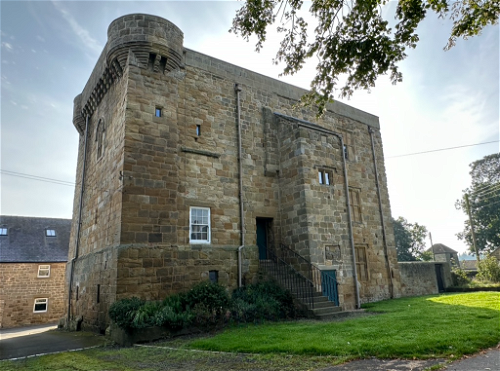
Cockle Park Tower
Tower Morpeth NorthumberlandA three-storied tower-house built as a hunting lodge then later extended and used as a farmhouse and students' hostel.
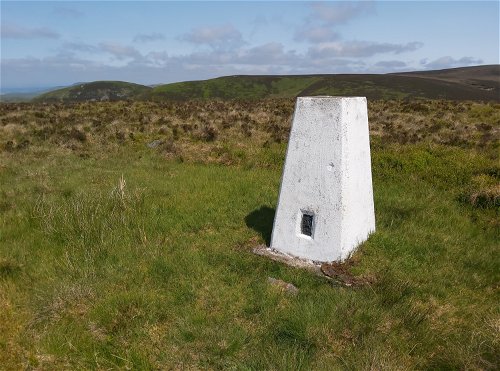
Lamb Hill Trig Point
Trig Point The Cheviots NorthumberlandThe trig point sitting on top of Lamb Hill on the border ridge (511m).
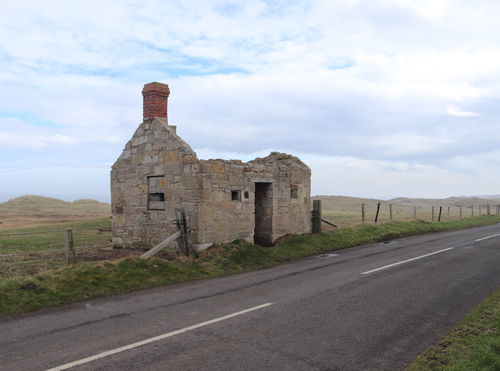
Filter Results
Filter the places by category or their location, or even search by a keyword.
